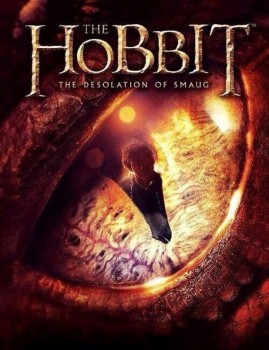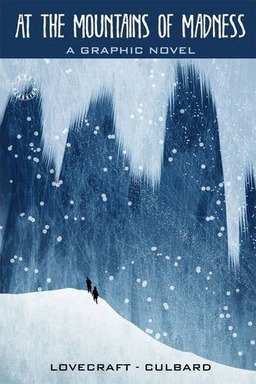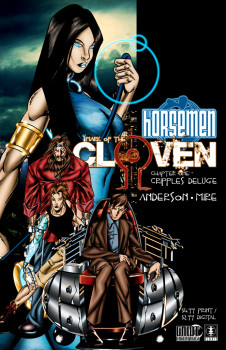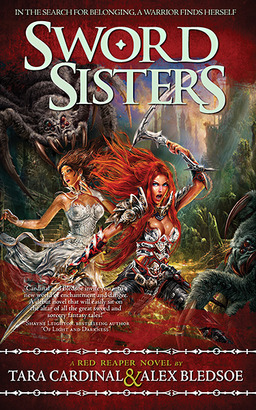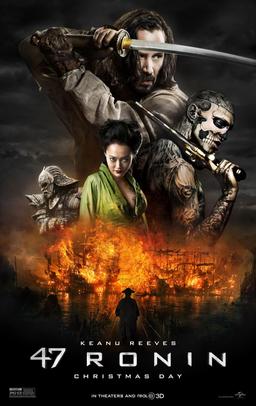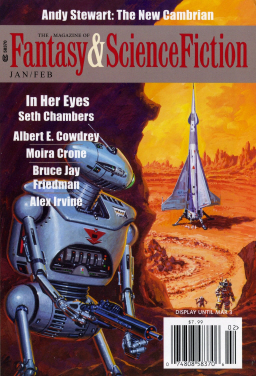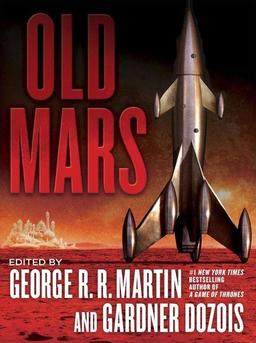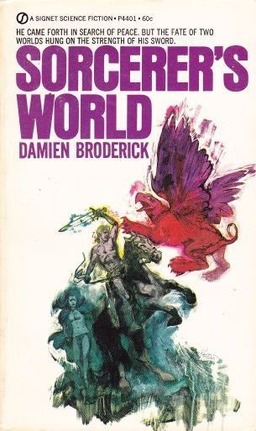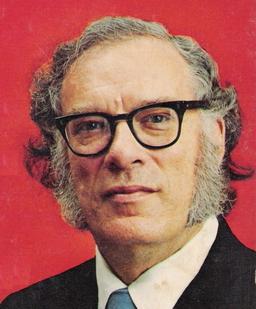A History of Godzilla on Film, Part 2: The Golden Age (1963–1968)
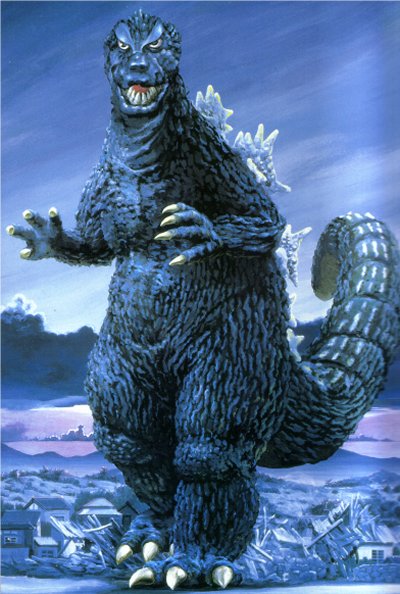 Welcome back… the double holiday interruption delayed this march across (and on top of) the Tokyo skyline. But now the Big-G is back and about to enter the Golden Age of Japanese Fantasy Cinema and the peak of kaiju movie greatness.
Welcome back… the double holiday interruption delayed this march across (and on top of) the Tokyo skyline. But now the Big-G is back and about to enter the Golden Age of Japanese Fantasy Cinema and the peak of kaiju movie greatness.
Other Installments
Part 1: Origins (1954–1962)
Part 3: Down and Out in Osaka (1969–1983)
Part 4: The Heisei Era (1984–1997)
Part 5: The Travesty and the Millennium Era (1996–2004)
Addendum: The 2014 Godzilla
The Godzilla Masterpiece: Mothra vs. Godzilla (1964)
The astronomical success of King Kong vs. Godzilla made Toho Studios commit to yearly Godzilla movies for the rest of the decade, as well as increasing their giant monster output in general. The studio shifted away from broader science-fiction epics like The Mysterians: the same year that King Kong vs. Godzilla ignited the box-office, Toho’s more ambitious and expensive science-fiction movie from the team of director Ishiro Honda and special effects creator Eiji Tsubaraya, Gorath, made a poorer showing. From now on, Toho would push that they had monsters and were ready to hurl them against each other for audience’s viewing pleasure.
After briefly considering a King Kong re-match, G-series producer Tomoyuki Tanaka turned to a hometown hero: Mothra, the monster-goddess from the popular 1961 Ishiro Honda film of the same name. Mothra was the point where the Japanese kaiju film came into its own as a specific cultural style different from the US model that first inspired it. The lovely yet powerful Mothra was a perfect foe to put in the opposite corner from Godzilla — at least in terms of box-office appeal. From a story and special-effects perspective, it was a trickier idea: Godzilla fighting a giant mystical moth?
But the creative team came through in an astonishing way: Mothra vs. Godzilla is the height of the Godzilla series and one of the finest monster epics ever put on film. This is the movie to show people at the start of a Godzilla odyssey, since it captures so well the Japanese interpretation of the giant monster genre, has Godzilla at his most charismatic yet menacing, and is more fun than most amusement parks. Eiji Tsubaraya was at his zenith with visual effects; after some wonky optical work in King Kong vs. Godzilla, the effects here are seamless, especially the scenes featuring the miniature Twin Fairies (the shobijin, played by pop singing duo The Peanuts). The two monster battles, with Godzilla against the adult Mothra and then against two larval Mothras, are thrillingly staged and scored.
